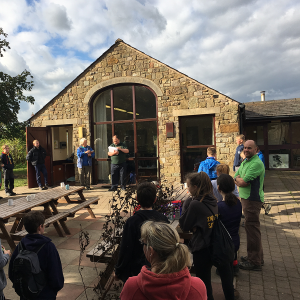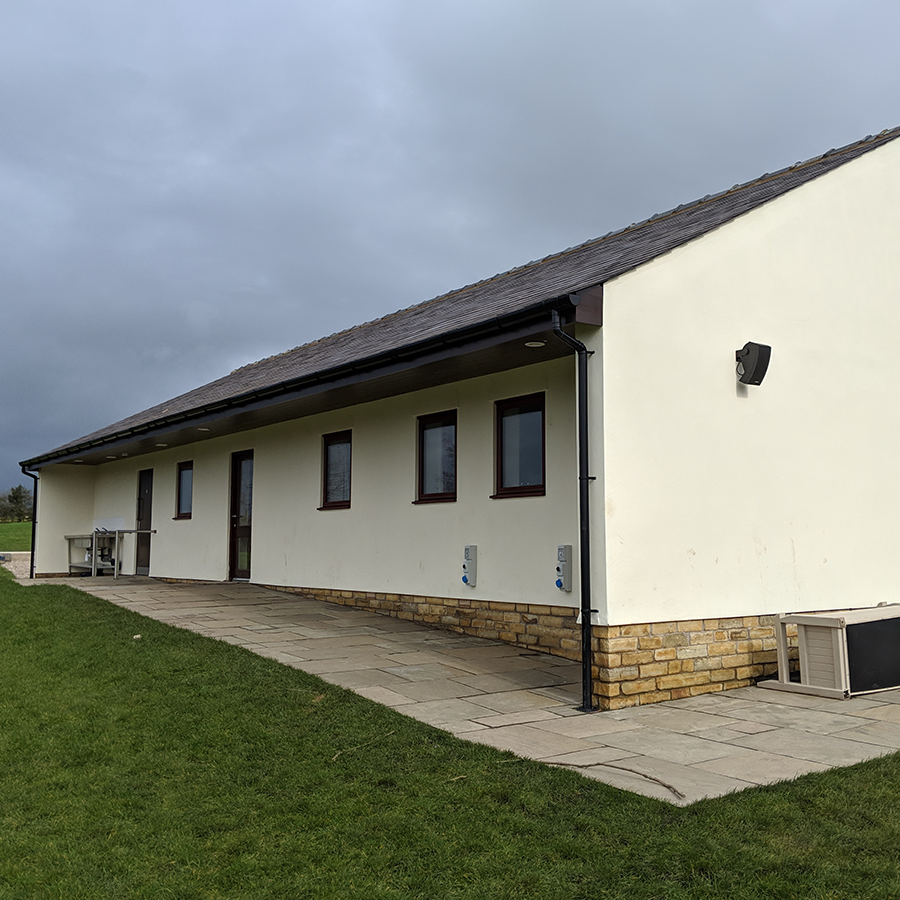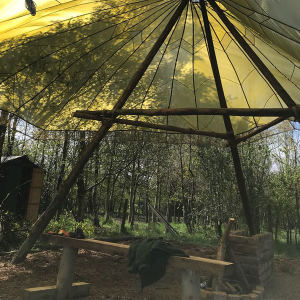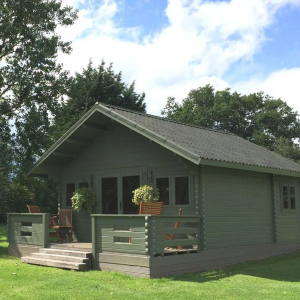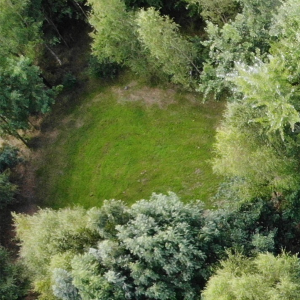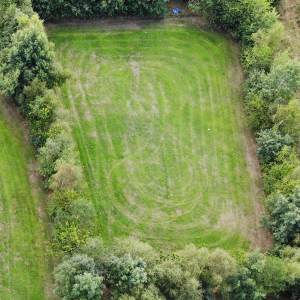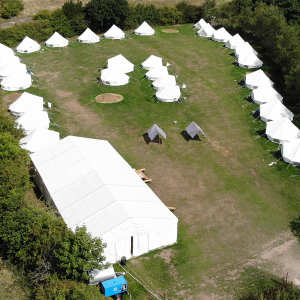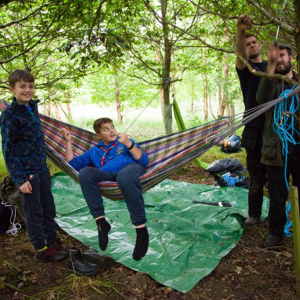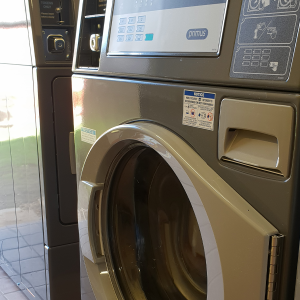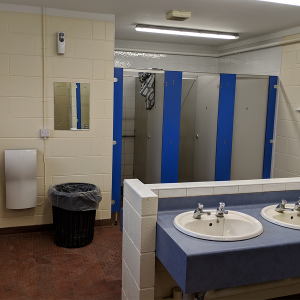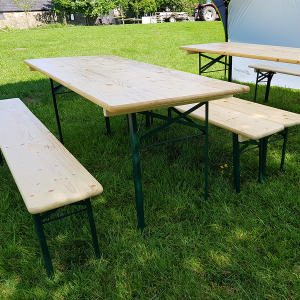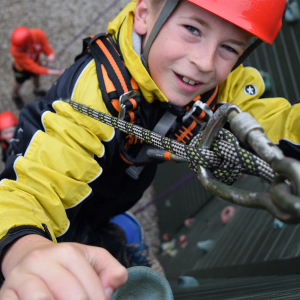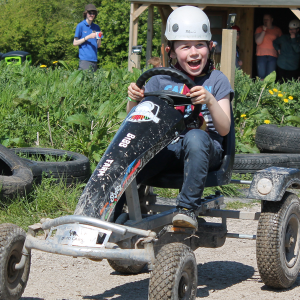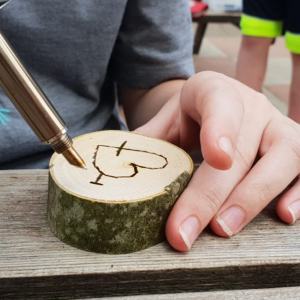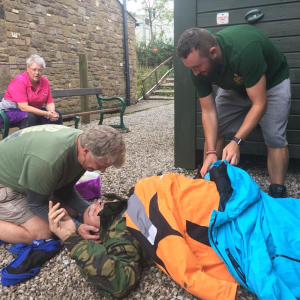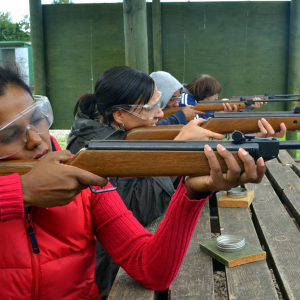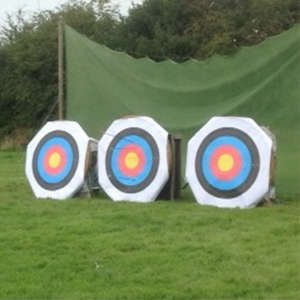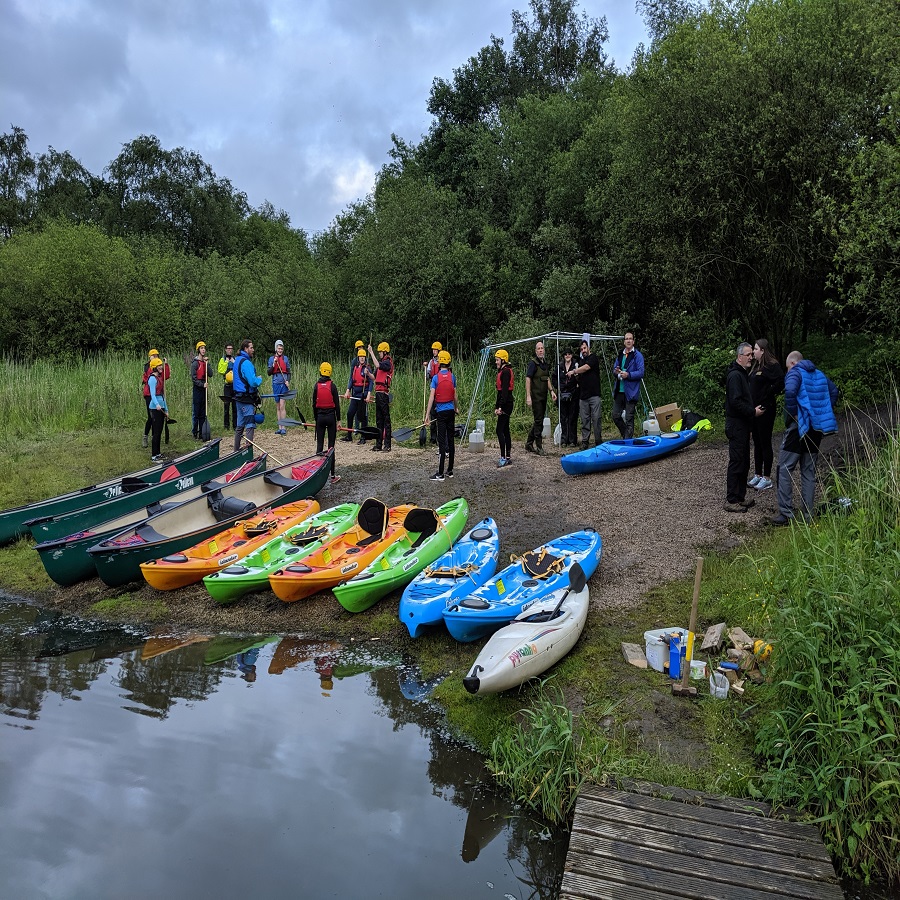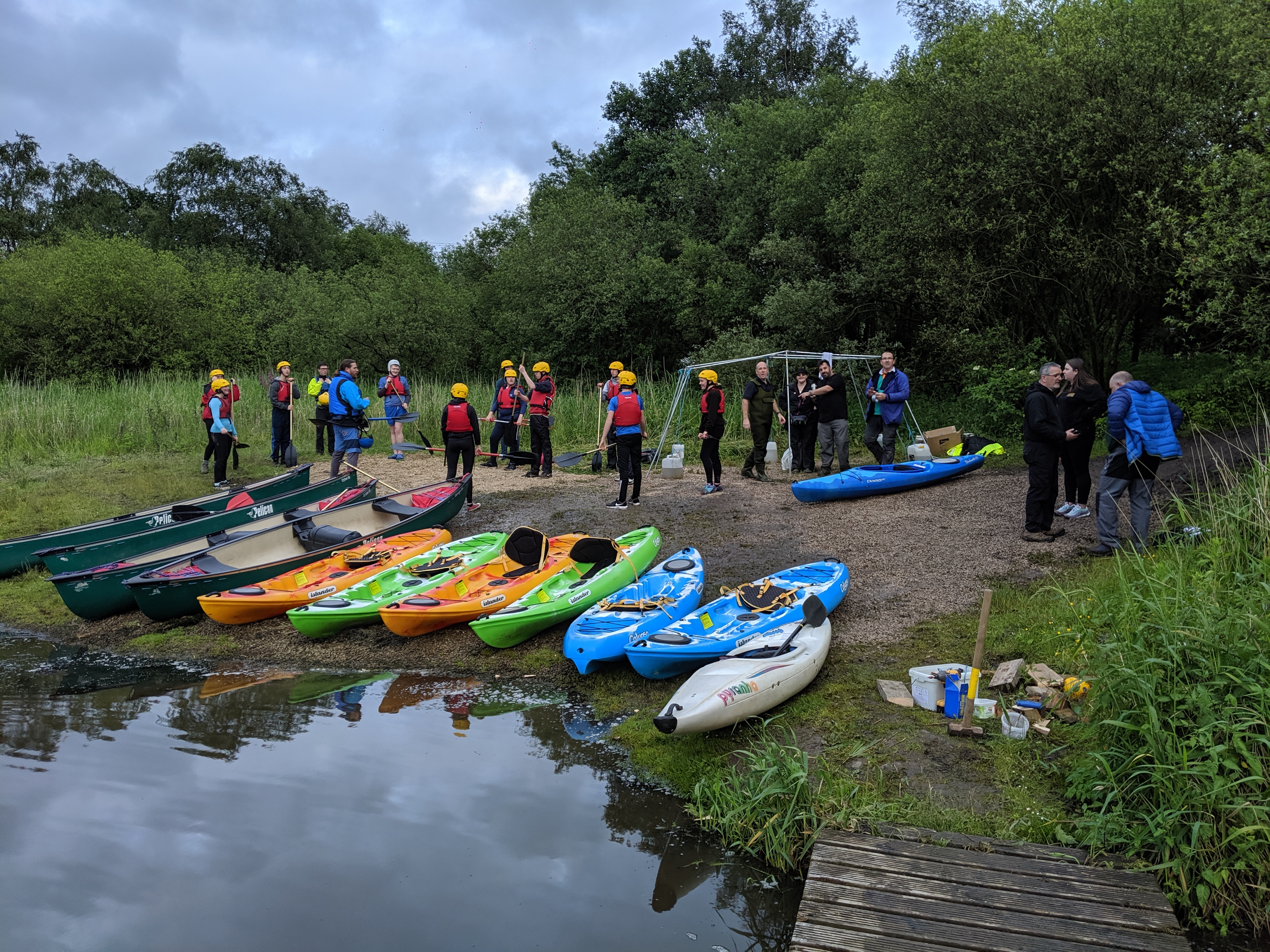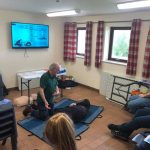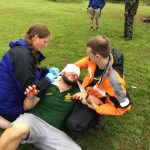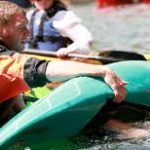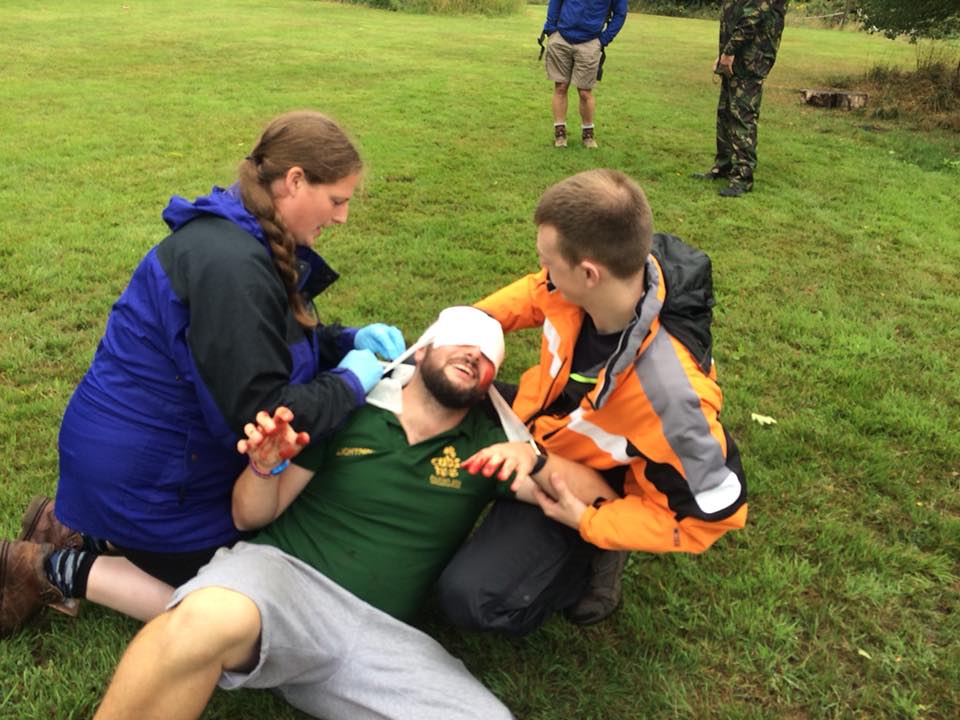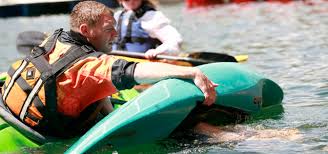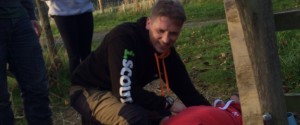
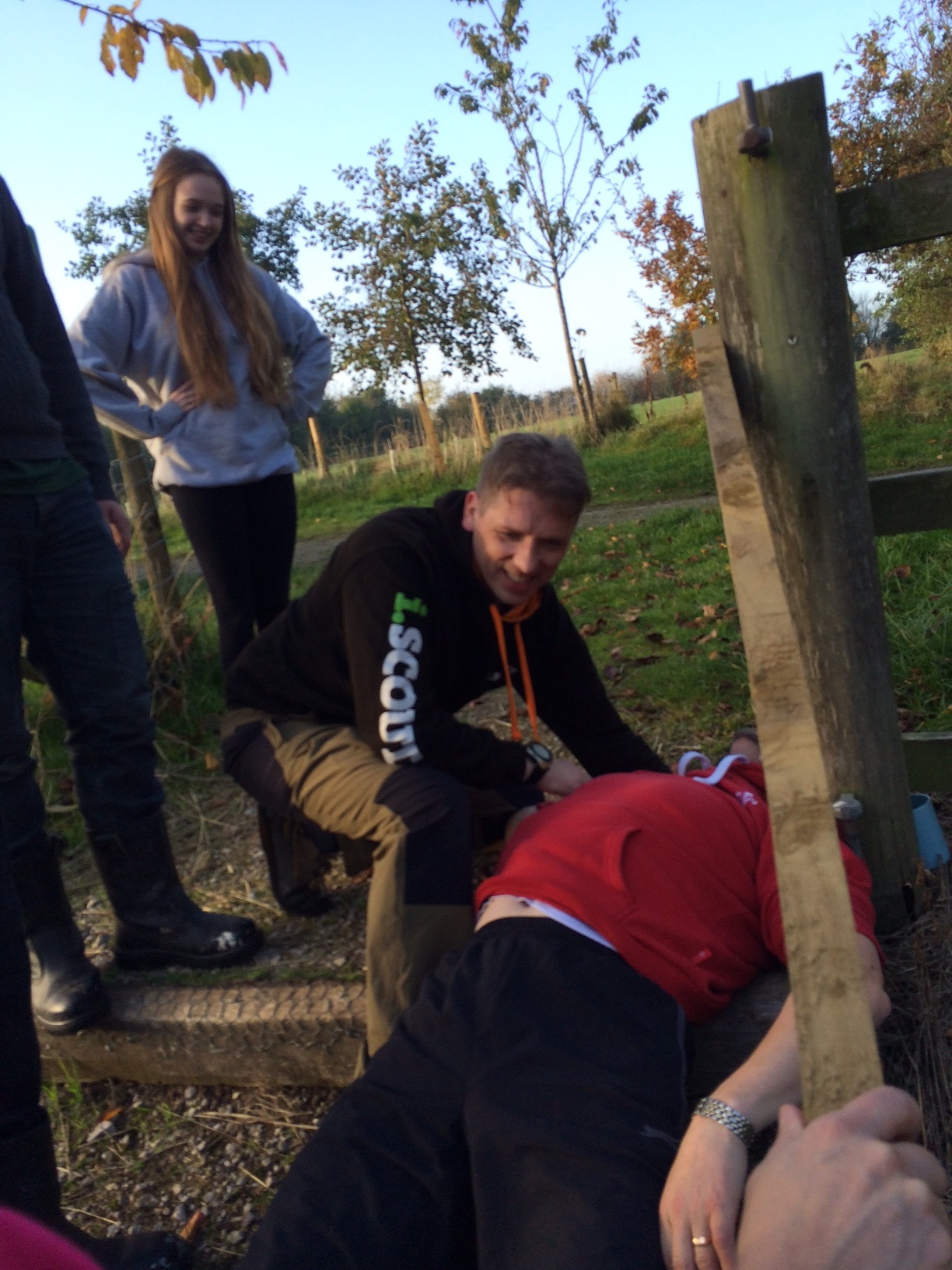
We have commissioned another 16Hr First Aid in the Outdoors course to take place on Sat the 6th and Sunday the 7th January 2018 at Bibbys Farm.
This course is suitable for any leaders undertaking outdoor activities with young people and is sufficient for any of the NGB activity qualifications.
The course fee is £80 and includes A4 and credit card sized certificates for those successfully passing the course.
The course is non-residential and a packed lunch should be brought along, ample hot drinks will be provided.
A fair amount of the course will be undertaken outdoors in “real” circumstances so you need to dress appropriately and be prepared to be rolling around on the floor outdoors no matter what the weather.
We are strictly limited to 12 places so please book as soon as possible if you want to reserve a place.
The course will cover the following:
Activity First Aid – 20 Guided Learning Hours, includes 2 Learner Units towards further qualifications
The course is a mixture of theory and practice. As the award falls under Ofqual, identification is required (e.g. passport or driving licence – other forms of ID can be used, please ask prior to the course)
Assessment is based on
1. 5 observations and
2. 2 written papers, a pass rate of 70% is required. Assuming a pass each learner will receive A4 certificates (Activity 1st Aid and 2 learner units) and a credit card sized Activity certificate.
The following topics will be covered
1. Understand the role and responsibilities of a first aider.
1.1 Identify the role and responsibilities of a first aider.
1.2 Identify how to minimise the risk of infection to self and others.
1.3 Identify the need of establishing consent to provide first aid.
1.4 Identify the first aid equipment that should be available.
1.5 Describe the safe use of first aid equipment.
2. Be able to assess an incident.
2.1 Conduct a scene survey.
2.2 Conduct a primary survey of a casualty.
2.3 Give examples of when to call for help.
3. Be able to manage an unresponsive casualty who is breathing normally.
3.1 Assess a casualty’s level of consciousness.
3.2 Open a casualty’s airway and check breathing.
3.3 Identify when to place an unconscious casualty into the recovery position.
3.4 Place an unresponsive casualty into the recovery position.
3.5 Manage a casualty who is in seizure.
4. Be able to manage an unresponsive casualty who is not breathing normally.
4.1 Recognise the need to commence Cardiopulmonary Resuscitation.
4.2 Demonstrate Cardiopulmonary Resuscitation using a manikin.
4.3 Identify the accepted modifications to Cardiopulmonary Resuscitation for children.
4.4 Understand how the use of an Automated External Defibrillator (AED) can have a major impact on a casualty suffering from Ventricular Fibrillation (VF)
5. Be able to recognise and assist a casualty who is choking.
5.1 Describe how to identify a casualty with a;
• Partially blocked airway
• Completely blocked airway
5.2 Administer first aid to a casualty who is choking.
6. Be able to manage a casualty with external bleeding.
6.1 Identify the types of external bleeding.
6.2 Control external bleeding.
7. Be able to manage a casualty who is in shock.
7.1 Recognise shock.
7.2 Administer first aid to a casualty who is in shock.
8. Be able to manage a casualty with a minor injury.
8.1 Administer first aid to a casualty with small cuts, grazes and bruises.
8.2 Administer first aid to a casualty with minor burns and scalds.
8.3 Administer first aid to a casualty with small splinters.
9. Conduct a secondary survey
9.1 Explain the importance of consent.
9.2 Demonstrate a secondary survey;
• Gathering Patient History
• Physical Assessment
10 . Administer first aid to a casualty with injuries to bones, muscles and joints
10.1 Describe how to recognise and manage common types of;
• Fractures
• Dislocations
• Sprains
• Strains
11. Administer first aid to a casualty with suspected head, neck and back injuries
11.1 Describe how to recognise and manage suspected;
• Concussion
• Skull Fracture
• Cerebral Compression
11.2 Demonstrate how to manage a suspected spinal injury.
12. Administer first aid to a casualty with suspected chest and abdominal injuries
12.1 Describe how to recognise and manage a chest injury.
12.2 Describe how to recognise and manage an abdominal injury.
13. Administer first aid to a casualty with thermal injuries
13.1 Describe how to manage a burn and scald injury.
13.2 Describe how to manage an incident involving electricity.
14. Administer first aid to a casualty with eye injuries
14.1 Describe how to recognise and manage eye injuries.
15. Administer first aid to a casualty with sudden poisoning
15.1 Describe how poisons enter the body.
15.2 Describe how to recognise and treat a casualty affected by common poisonous substances, including plants.
15.3 Identify sources of information that provide procedures for treating those affected by poisonous substances.
16. Administer first aid to a casualty with anaphylactic shock
16.1 Identify common triggers for anaphylaxis.
16.2 Recognise and manage a casualty suffering from anaphylactic shock.
17. Know how to provide first aid to a casualty with suspected major illness
17.1 Describe how to recognise and manage the signs and symptoms of major illnesses;
• Heart Attack
• Stroke
• Epilepsy
• Diabetes
• Asthma
18. Know how to provide First Aid to a casualty who is experiencing the effects of extreme heat and cold
18.1 Describe how to recognise and treat the effects of extreme cold occurring by participating in activities.
18.2 Describe how to recognise and treat the effects of extreme heat occurring by participating in activities.
19. Know how to provide First Aid to a casualty who is experiencing the effects drowning
19.1 Describe how to recognise and treat the signs of drowning.
19.2 Describe how to minimise the dangers to those attempting rescue.
20. Know how to provide First Aid to a casualty who is experiencing a crush injury
20.1 Describe how to recognise and treat and manage a crush injury.
21. Be aware of who to report incidents to
21.1 Understand why an incident is to be reported to RIDDOR and the details required.
21.2 Understand the protocol when an incident is to be reported to the relevant site management personnel and the details required.
22. Know how to provide First Aid to a casualty who is experiencing the effects Lyme’s or Veil’s Disease
22.1 Describe how to recognise and treat the signs of the above.
Bookings
This event is fully booked.
